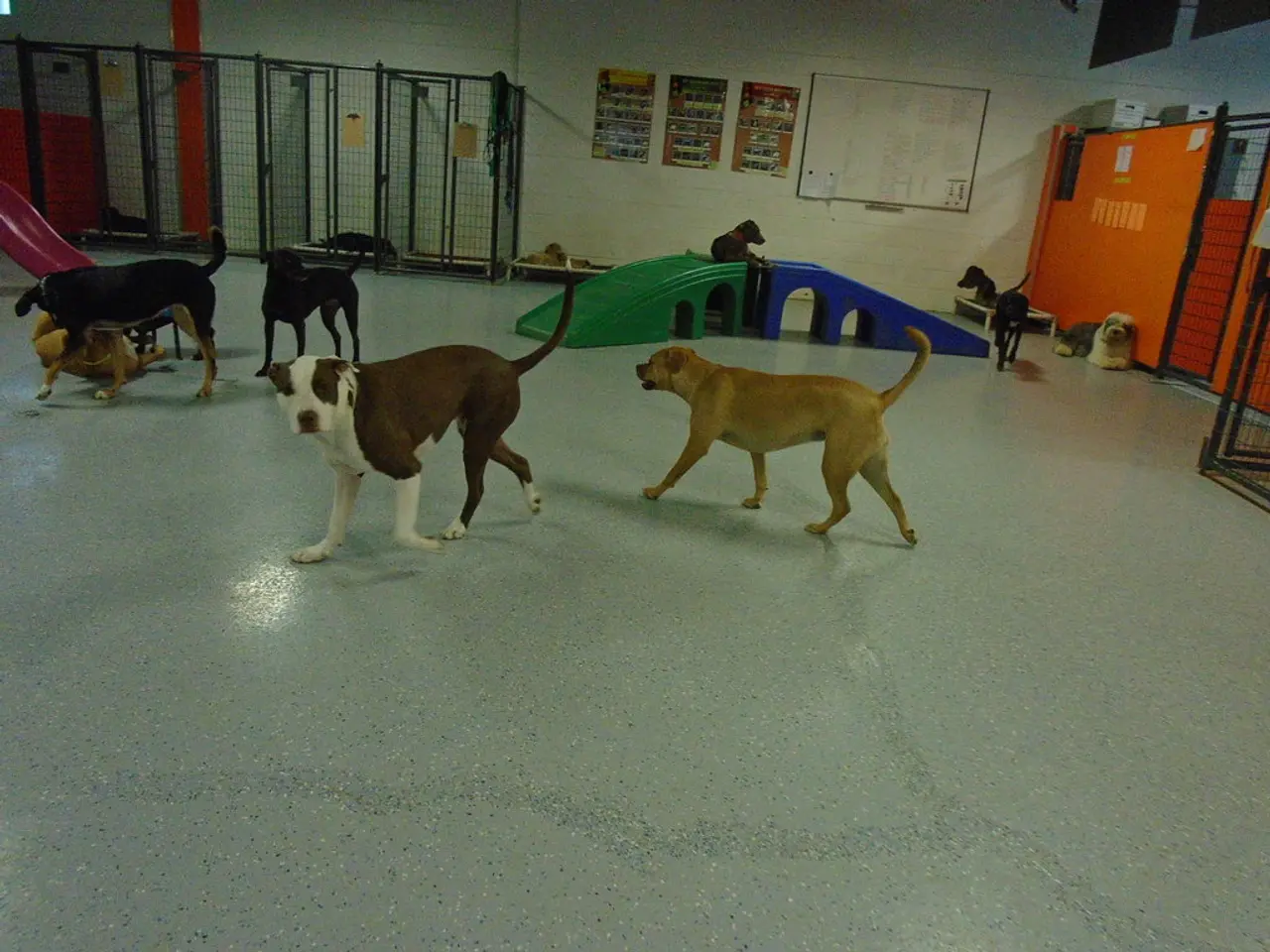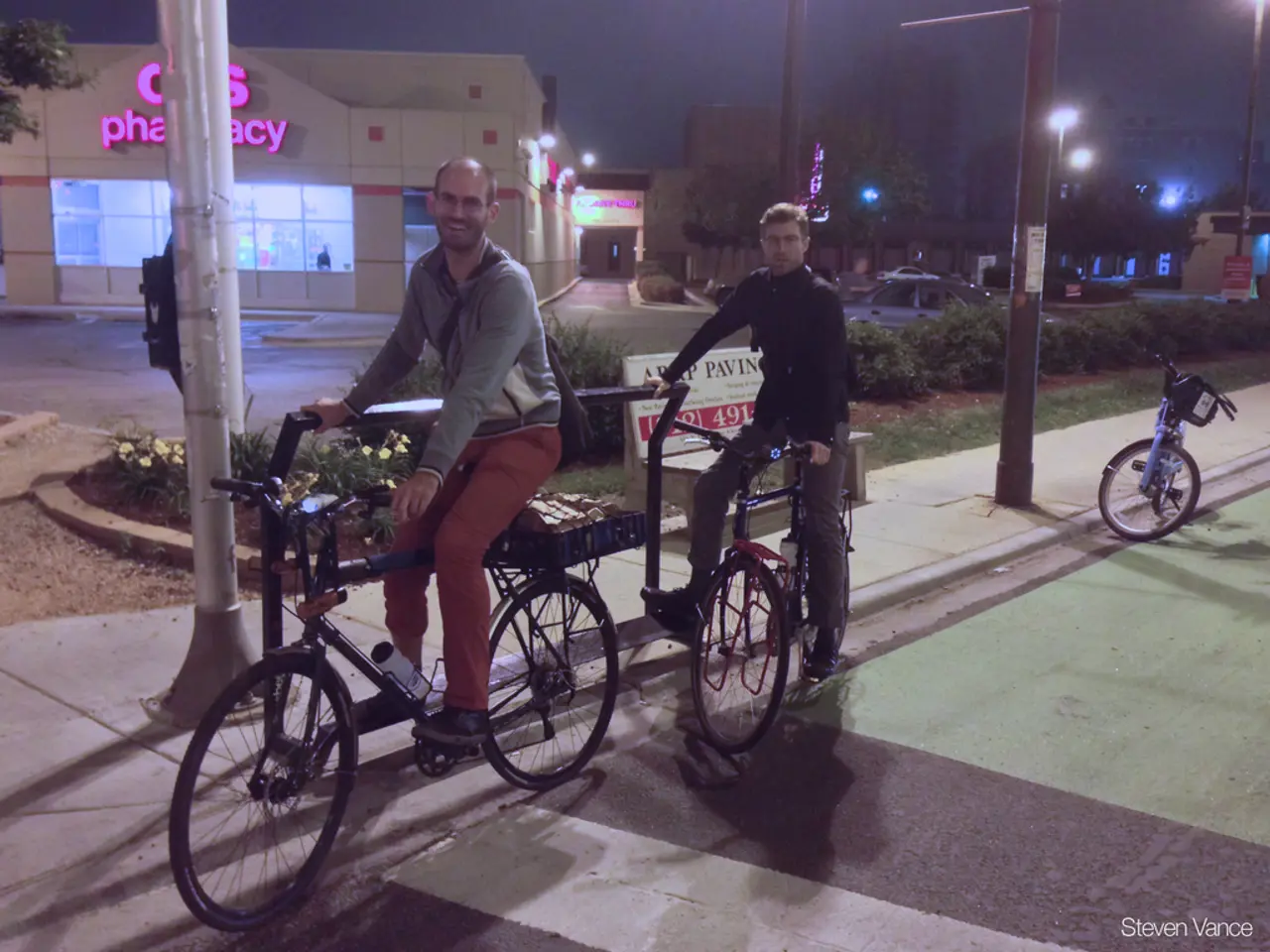End-of-Life Decisions for Dogs: A Guide to Options and Preparation
Euthanasia is a lawful process that aims to end an animal's life in a humane and painless manner, especially for terminally ill dogs or those whose quality of life has been significantly diminished. This article provides an overview of the euthanasia process, the drugs used, and the options available for pet owners after their dog's passing.
The Euthanasia Process
Euthanasia primarily involves the use of pentobarbital, a barbiturate that quickly induces unconsciousness followed by respiratory and cardiac arrest. This results in a painless death for the dog. In some cases, a sedative or anesthetic drug may be administered before pentobarbital to minimize stress and discomfort. Xylazine, a sedative, muscle relaxant, and analgesic in veterinary medicine, is often used for this purpose.
Administration
The most common route of administration is intravenous (IV) injection, typically given by a veterinarian. Xylazine can be administered intramuscularly or intravenously.
Post-Euthanasia Options
After the euthanasia process, pet parents have several options for handling their dog's body.
Pet Cremation
In dog cremation, the body is incinerated at a high temperature, turning it into ashes. There are two options: communal cremation, where the dog is cremated with other pets, and private cremation, which ensures that you receive your dog's ashes alone.
Pet Burial Services
Pet parents can also choose to bury their dog in a pet cemetery or their own backyard, as long as they follow municipal or state laws regarding pet burials.
Grieving the Loss
It's normal to grieve after putting a dog to sleep, and everyone works through grief differently. Remembering your dog can help with closure, such as framing a photo of them, getting a paw print in clay, or holding a funeral service for them.
Many veterinarians offer resources for coping with grief, including books on pet loss, support groups, and veterinary social workers. Additionally, support organizations like BluePearl Pet Hospice, Association for Pet Loss & Bereavement, Lap of Love, and Dove Lewis Emergency Animal Hospital provide support and resources for grieving the loss of a dog after euthanasia.
Cost and Availability
The cost of euthanasia can vary, but having it done at a veterinary clinic is typically more affordable. Some veterinarians may perform house calls for home euthanasia, and humane societies may offer low-cost dog euthanasia options.
In conclusion, understanding the euthanasia process and the options available can help pet owners make informed decisions during a difficult time. If you require more specific dosing or procedural details, consulting veterinary sources or a licensed veterinarian is recommended.
- Science can play a significant role in health-and-wellness by providing knowledge about the euthanasia process and the drugs used, ensuring that the process is carried out in a humane and painless manner for dogs.
- Mental-health resources and support groups, such as those offered by veterinarians, associations like BluePearl Pet Hospice, or the Association for Pet Loss & Bereavement, can be valuable for individuals grieving the loss of their pet after euthanasia.




